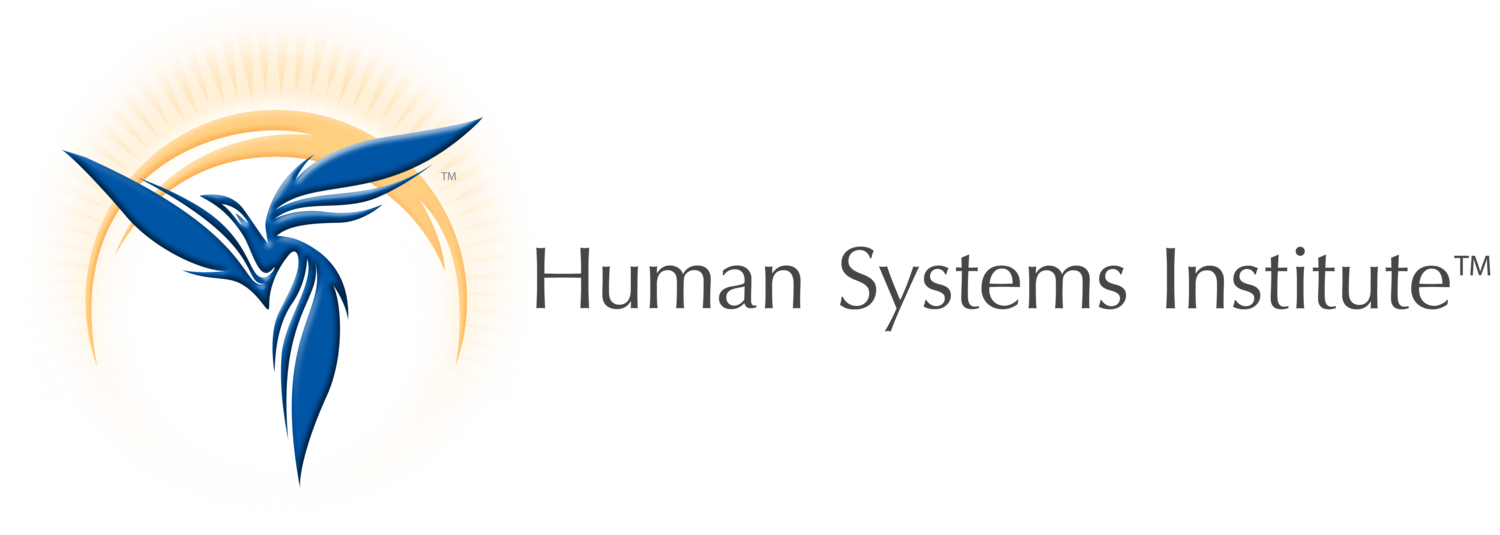Transitions! Risking today for the possibility of a better future
Unlike the liminal zone that I wrote about in my last post, where the future is uncertain, unknown, and emergent, transition implies that you are moving from one place to another. That is, that you have a defined objective or goal that you are moving towards. Right now the USA is in a wrenching transition at its highest level of government, for good or ill depending on your politics. My intention in this email is not to take sides, but rather to explore how transitions work and serve us, and how we so often find our selves, “lost in transition” (if you’ll pardon the play on words from the book and movie, “Lost in Translation.)
I remember as a child playing on the “Monkey Bars”. This playground object was like a ladder laid on its side with the rungs parallel to the ground and held up off the ground four or five feet (a long distance to the ground when you are small!) by a short platform on either end. The goal was to jump up and grab a hold of the first rung with both hands, then let go of the rung with one hand while you swung forward like a monkey reaching your arm out to grasp the next rung, repeating this, alternating hands one rung at a time until you reached the other end of the ladder (and safe steps to the ground below). To transition meant one hand had to let go of that rung you were holding onto for dear life. That moment of instability before your flailing hand grasped the next rung and the momentum of your body carried you forward to the next rung was both exhilarating and scary.
Transitions are like that. In that moment when we dare to reach for the next rung, risking our two handed grip on the current rung to reach for the next, we are vulnerable. What if the grip I have on the current rung slips and I fall? Will I actually be able to reach the next rung? What if I'm left hanging here in the middle? Just like the kid who stepped off the platform and found himself hanging in space gripping that first rung, too terrified to let go with one hand to reach for the next, it’s easy to find yourself with a clear goal in sight, and yet paralyzed to let go with one hand to the rung you have in order to “get moving” and reach for the next.
Tolerating those moments of instability that are the hallmark of moving from the securely known to the visible but unknown is an easy place to get “stuck”. Very often our narrative of our current situation, the story we tell ourselves about our current predicament, is what keeps us stuck. We cannot know what it will be like to start moving and the moment of instability looms larger than the vision of the next rung. But, as most of you reading this know, once we do get moving, there is a feeling of exhilaration along with the fear. This is where life is.
Biologist Stuart Kauffman clearly articulated this “between” space for me. Life exists in the dynamic disequilibrium between chaos and rigidity. Life is motion. Which is why, I think, once we do start moving towards a goal, we find ourselves both scared and exhilarated. The hardest part is to get moving. Moving past our story of where we are now, staring down that impossible “gap” between our current situation and what we imagine could be. If you’re a swinger of rungs, or a swinger of branches, as in the Robert Frost poem, Birches, then you know that when you get to that future, it will be different than you imagine now. Life is motion. There will be even another rung as the ladder of life unfolds before you.
Learning to love the adventure, the moments of repose that gather themselves into the next unfolding action rather than tightly gripping the rung we have is what allows life, and love, to flourish in our lives and relationships. As Robert Frost said in his poem, “Earth is the right place for love: I don’t know where it’s likely to go better.” If you find yourself stuck, tightly gripping with both hands onto one rung in your journey through life, the next rung in sight, take a deep breath, let go of your story of what is or what ought to be and start swinging.
